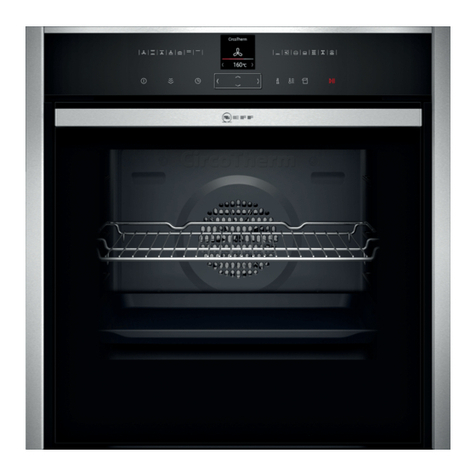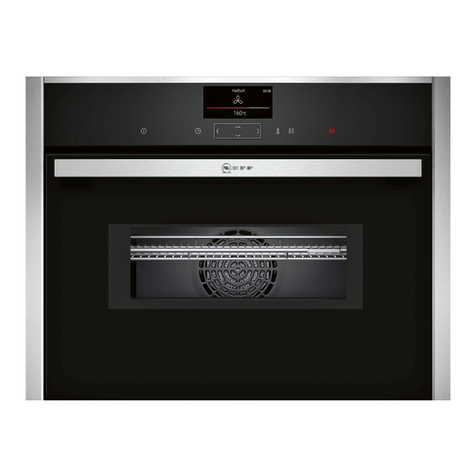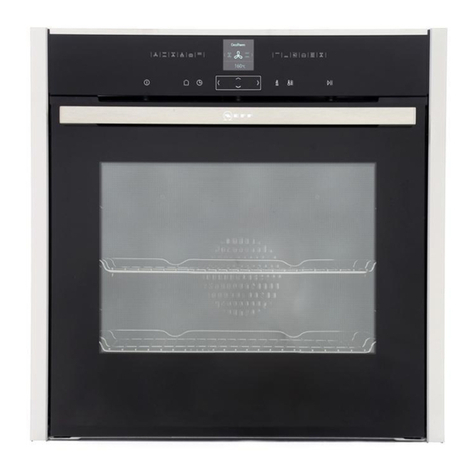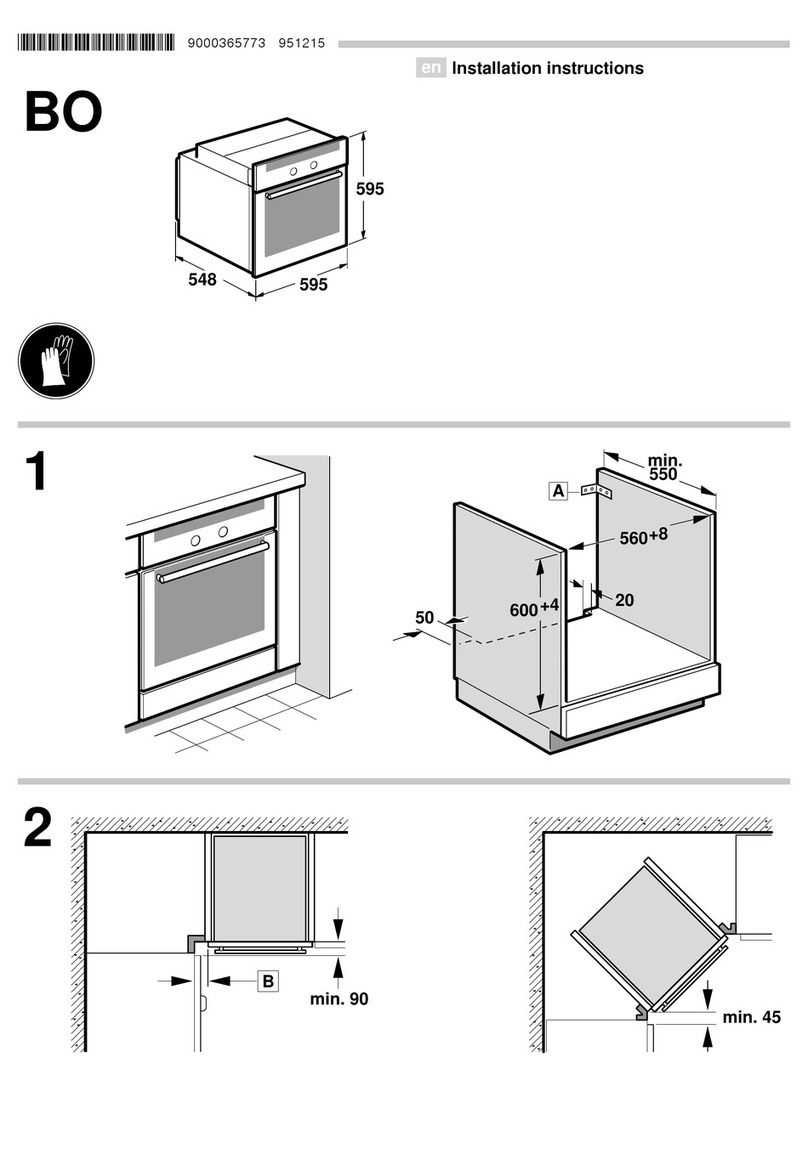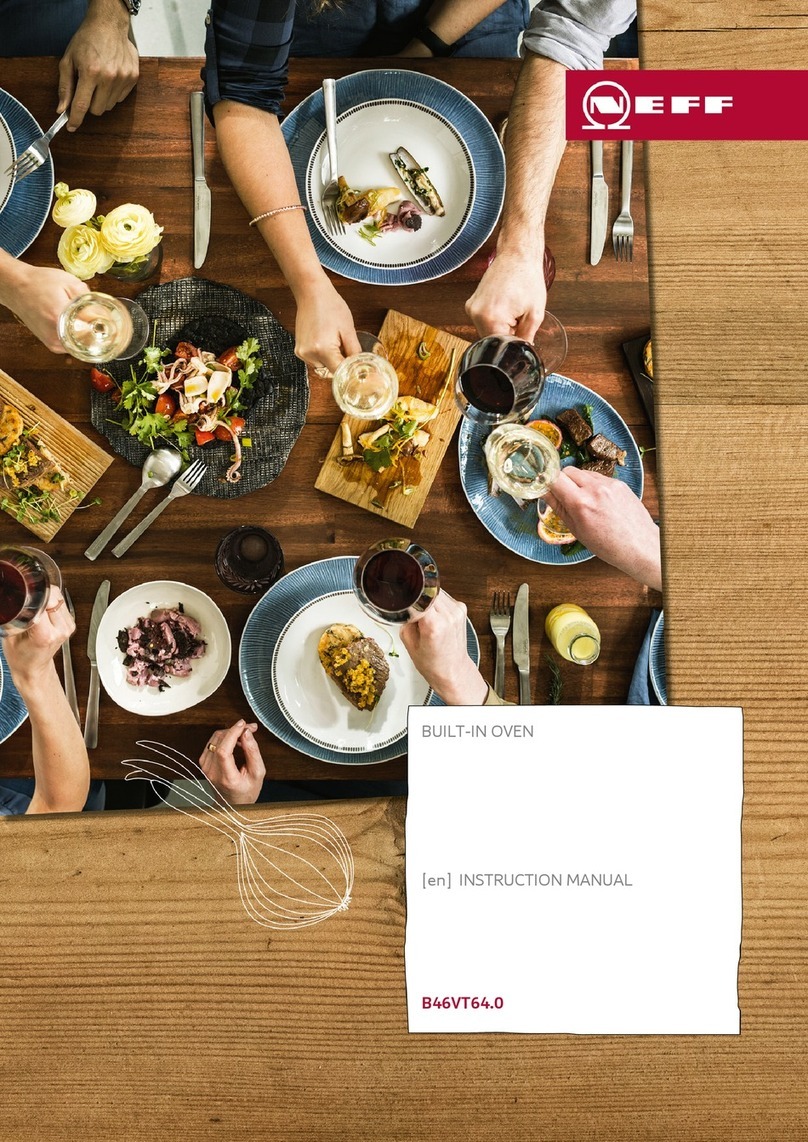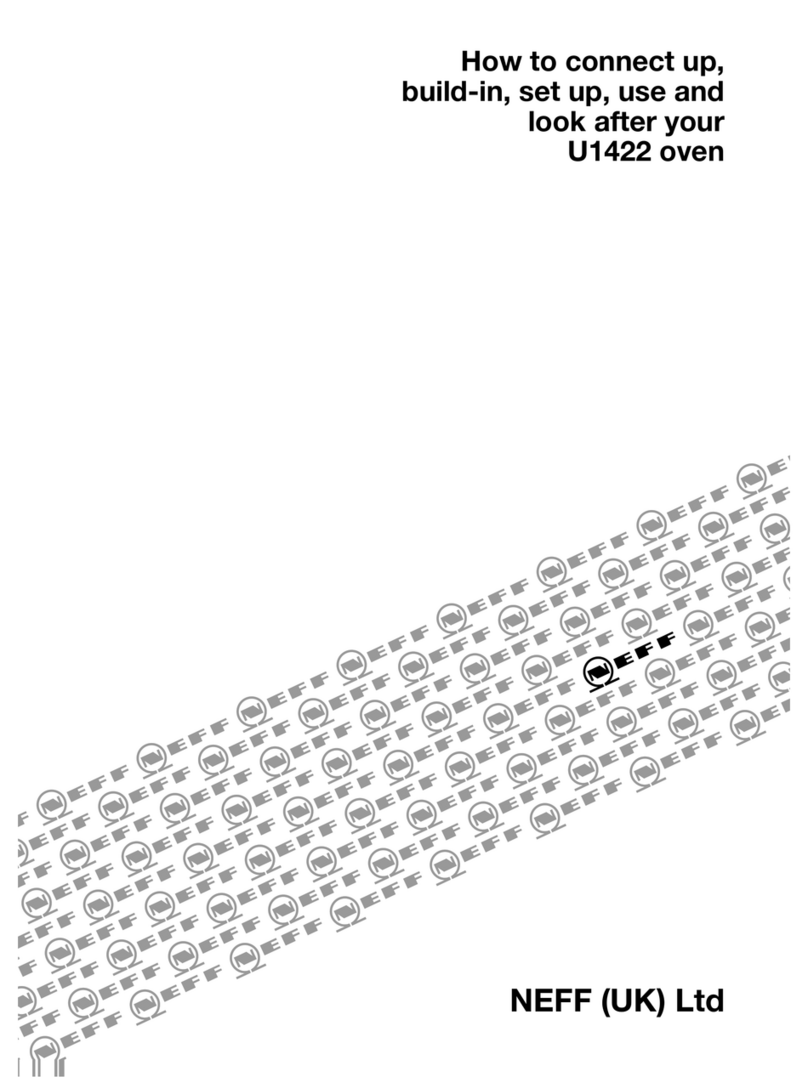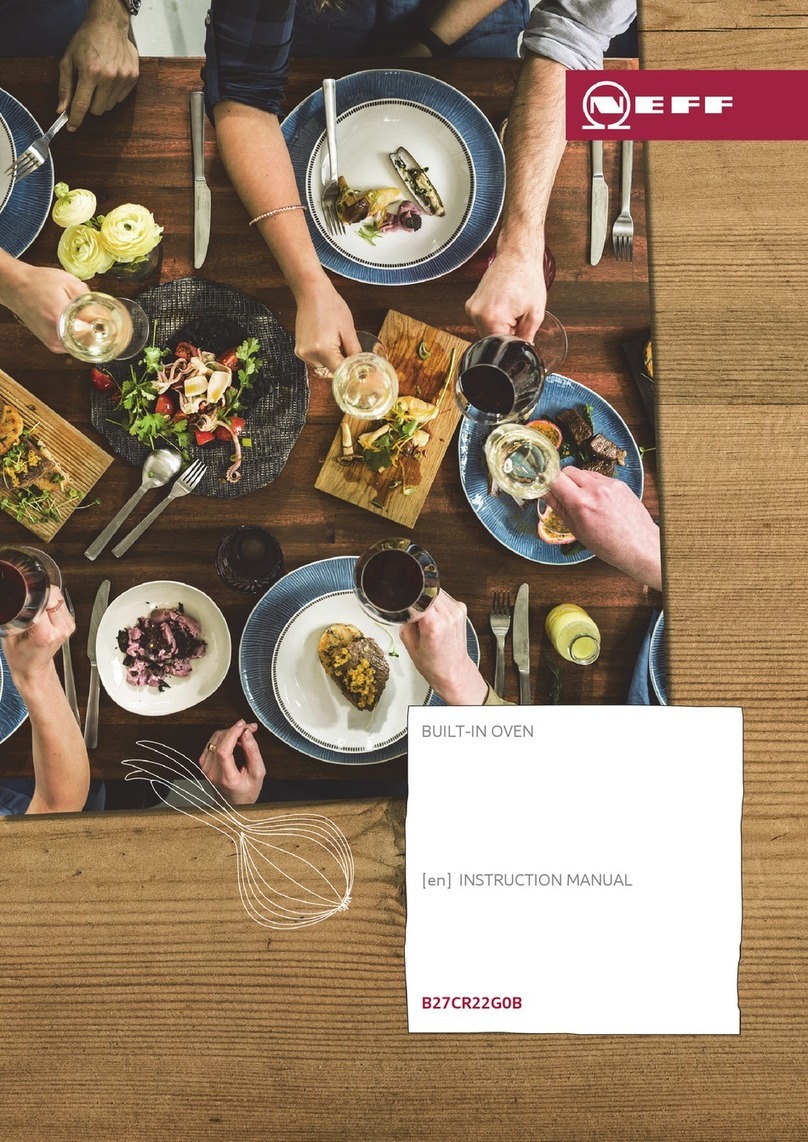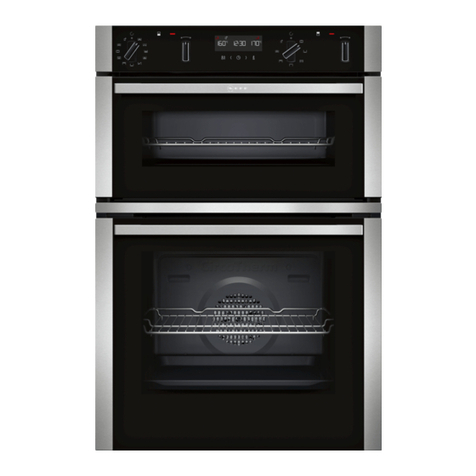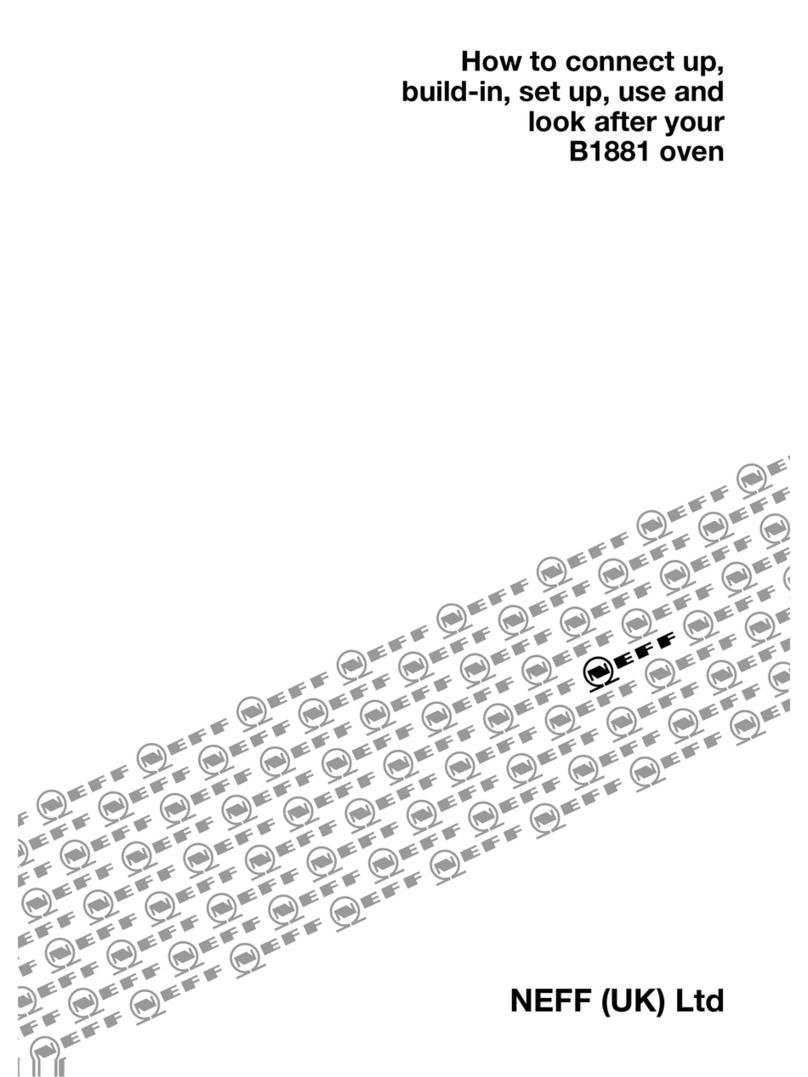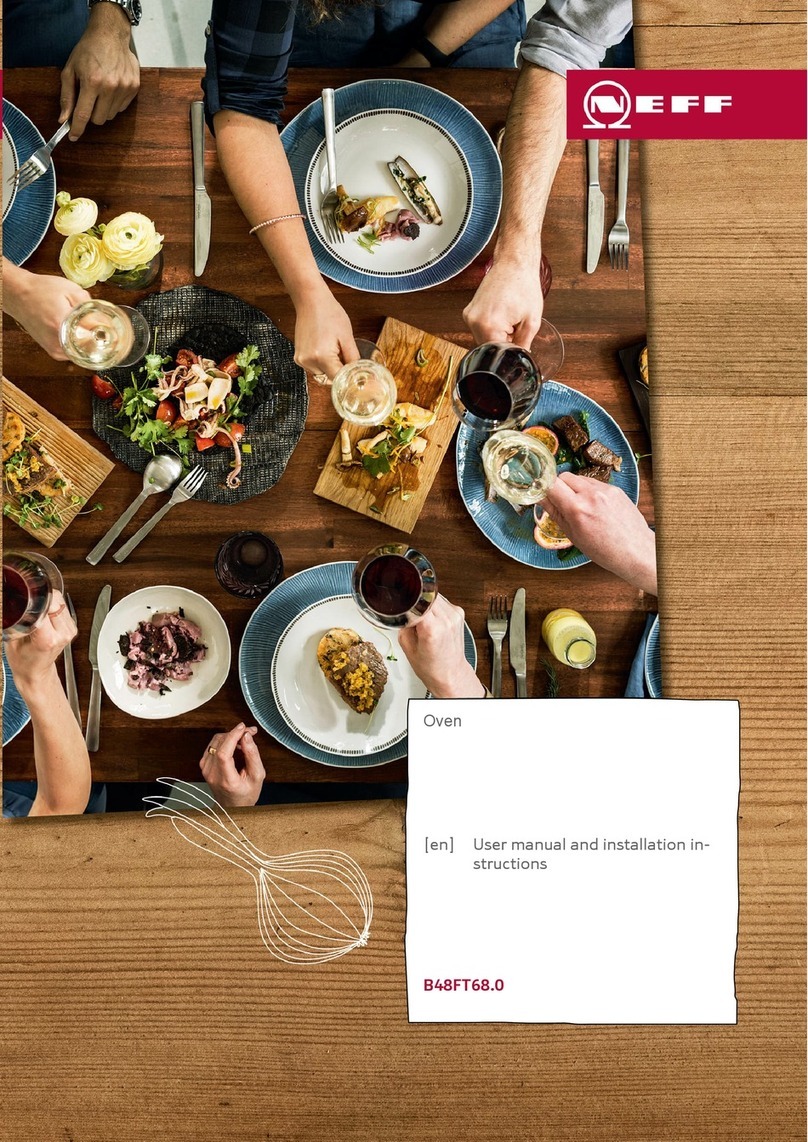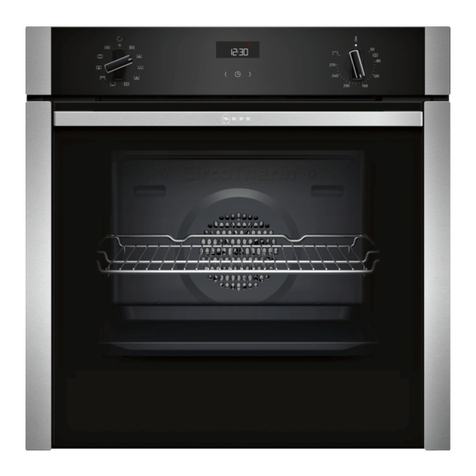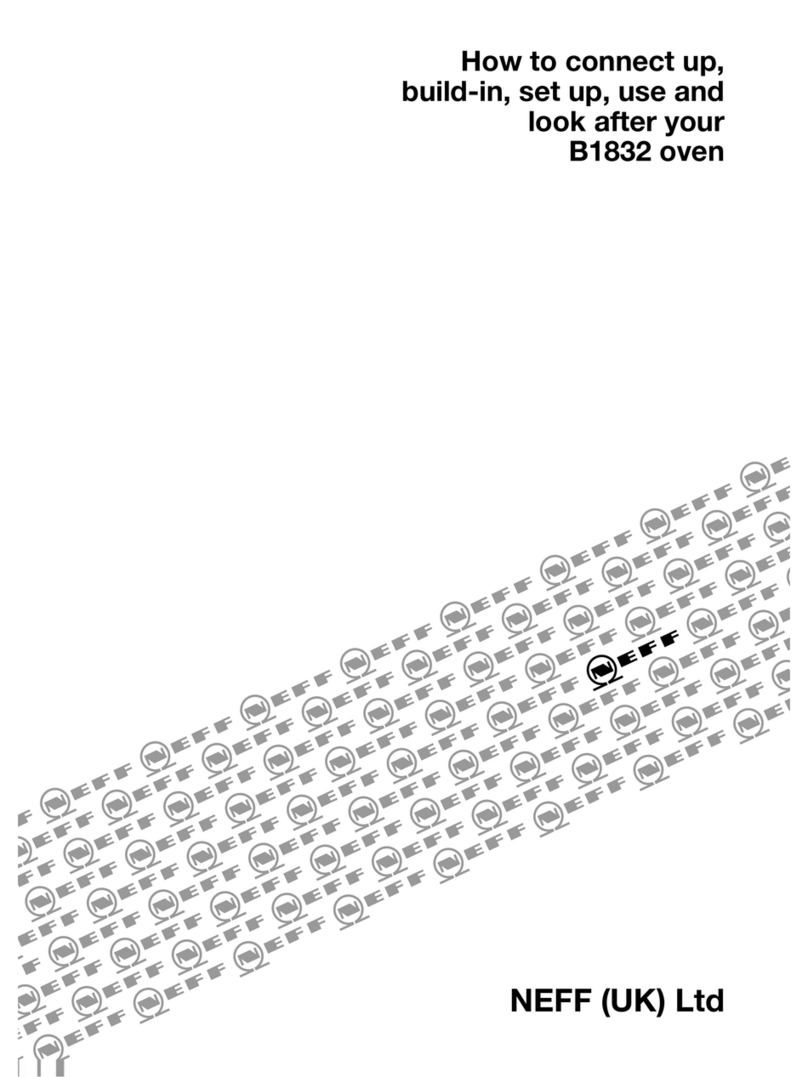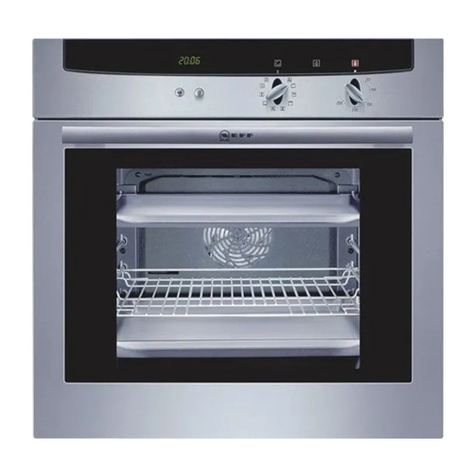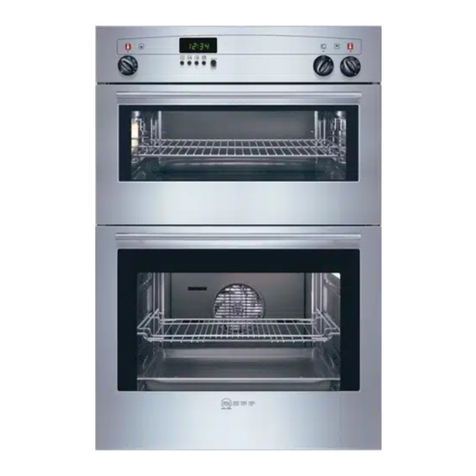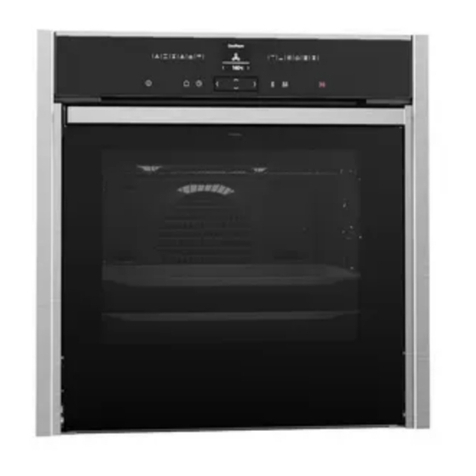
3
ÚTable of contents
[en]Instructionmanual
Safety precautions .....................................................................4
Safety notes .........................................................................................4
Causes of damage .............................................................................4
Your new appliance .................................................................... 5
Control panel .......................................................................................5
Operating modes ................................................................................6
Cooking compartment .......................................................................6
Accessories .........................................................................................6
Automatic calibration .........................................................................6
Before using the appliance for the first time ........................... 7
Setting the language ..........................................................................7
Setting the clock .................................................................................7
Setting the water hardness range ...................................................7
First use ................................................................................................7
Cleaning the accessories before use .............................................8
Operating the appliance ............................................................ 8
Filling the water tank ..........................................................................8
Switching on the appliance...............................................................8
Switching off the appliance...............................................................9
After each use .....................................................................................9
Electronic clock.......................................................................... 9
Clock display .......................................................................................9
Timer .................................................................................................. 10
Cooking time .................................................................................... 10
Preset operation ............................................................................... 10
Setting the clock .............................................................................. 10
Checking, correcting or deleting settings ................................... 11
Automatic programmes ........................................................... 11
Setting a programme ...................................................................... 11
Notes about the programmes ....................................................... 11
Programme tables ........................................................................... 12
Memory...................................................................................... 14
Saving to the Memory function ..................................................... 15
Starting the memory function ........................................................ 15
Deleting a memory setting ............................................................. 15
Childproof lock ......................................................................... 15
Lock .................................................................................................... 15
Permanent lock ................................................................................ 15
Basic settings ........................................................................... 16
Care and cleaning .................................................................... 16
cleaning agents................................................................................ 17
Oven cleaning aid............................................................................ 17
Descaling........................................................................................... 18
Removing and fitting the appliance door.................................... 19
Cleaning the door panels............................................................... 19
Cleaning the rails ............................................................................. 20
Troubleshooting .......................................................................20
Replacing the cooking compartment bulb ................................. 21
Changing the door seal .................................................................. 22
After-sales service ................................................................... 22
E number and FD number ............................................................. 22
Environmental protection ........................................................ 22
Environmentally-friendly disposal.................................................. 22
Tips for saving energy .................................................................... 22
Tables and tips ......................................................................... 22
Accessories ..................................................................................... 22
Cookware .......................................................................................... 23
Cooking time and quantity ............................................................. 23
Distributing food evenly .................................................................. 23
Pressure-sensitive food .................................................................. 23
Cooking a menu .............................................................................. 23
Vegetables ........................................................................................ 23
Side dishes and pulses .................................................................. 24
Poultry and meat.............................................................................. 24
Fish ..................................................................................................... 25
Soup vegetables, Miscellaneous .................................................. 25
Dessert, compote ............................................................................ 25
Reheating food................................................................................. 26
Defrosting .......................................................................................... 26
Dough proving.................................................................................. 26
Juicing................................................................................................ 26
Preserve............................................................................................. 27
Frozen products ............................................................................... 27
Produktinfo
Additional information on products, accessories, replacement
parts and services can be found at www.neff-
international.com and in the online shop www.neff-
eshop.com
